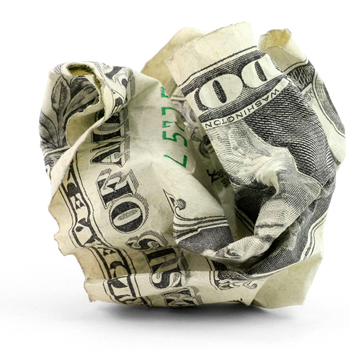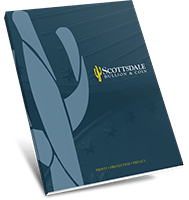 Rock bottom interest rates, billion dollar bailouts, and massive national debt are a reality for nearly every major economic power in the world. A number of policies and events have been blamed, but the true culprit may be the thing the entire system is based on: paper currency.
Rock bottom interest rates, billion dollar bailouts, and massive national debt are a reality for nearly every major economic power in the world. A number of policies and events have been blamed, but the true culprit may be the thing the entire system is based on: paper currency.
In an opinion piece on mises.org, Philipp Bagus argues that the paper currency system was doomed to fail from the start. That it “contains the seeds of its own destruction.” It is very easy for the government to simply increase the money supply when the economy starts to stagnate, stimulating short-term growth, while simultaneously setting up an even bigger disaster down the road.
Big businesses and investors take advantage of the system by going into big-time debt now, with the intention of paying it off with devalued currency in the future, or, even better, getting bailed out with newly printed money. Bagus claims that this cycle is reaching its end and the paper money system may soon come to an ugly conclusion.
Governments have recently spent billions bailing out companies that made bad investments. At the same time they increased spending on government programs to support the citizens affected by the economic collapse. Due to this strategy, government and private debts rose quickly, leading the government to print even more money to stabilize things. In addition to printing money, governments also lowered interest rates to near zero.
A possible collapse of the banking system and government
Now the system is in a precarious position. Debt and deficits remain high, but the increase in interest rates and taxes needed to pay down this debt could lead to the collapse of the banking system, and maybe even the government itself. The stock market drops if the Federal Reserve even hints at “tapering” the bond-buying program, so actually implementing this could spell disaster. In addition, politicians have very little incentive to push through bills that would cut government spending.
Bagus lays out 7 possible scenarios based on where things stand now and not one of them provides an easy-out.
Governments could continue to print money and allow the inevitable hyperinflation to take place. The life savings of those who have saved paper money would drop to near worthless, while the companies and wealthy individuals who racked up debt would be rewarded.
Public entitlements, such as unemployment benefits and social security, could all be cut to allow debts to be paid.
However, governments could even just decide to not pay their debt obligations at all. Government bonds would become worthless leading to huge losses for banks and insurance companies that were depending on the safety of those investments. This is arguably the scariest option, as it would lead to a collapse of the banking system which could potentially destroy the economy altogether.
The final few options involve either confiscating wealth to pay down debts (a Wealth Tax is an example of this) or completely reforming the paper money system, with an extreme option of creating an entirely new currency and starting over. As frightening as it may seem, Bagus feels that some combination of these options will be used in the near future which could be catastrophic for middle class investors.
There are ways to not be 100 percent committed to the paper money system. Physical metals, such as gold coins, are one alternative and most financial experts agree that physical gold should make up some percentage of an investment portfolio. Obviously, a collapse of the paper money system would have a huge negative effect on everyone, but awareness and preparation can go along way keeping ahead of the game.
 Learn How to Protect Your Retirement With Gold
Learn How to Protect Your Retirement With Gold
Get a Free Gold Investment Guide Now – Click Here.

